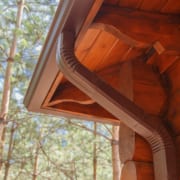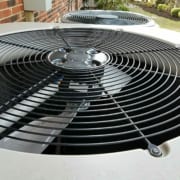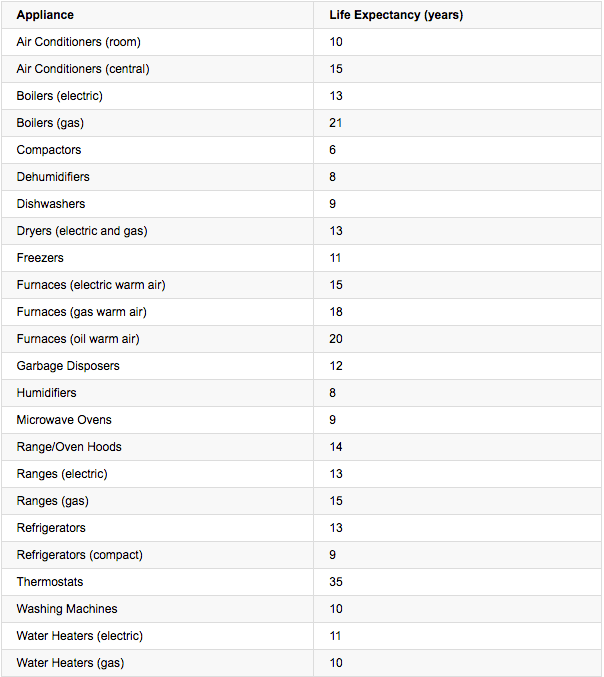On nearly every home we inspect in Colorado, there is inevitably some issue that make it into our report concerning exterior concrete. Cracking sidewalk slabs, heaving driveways and sinking front porches are extremely common defects that make it into our reports. Let’s discuss why concrete on grade (aka “flatwork) is always moving and options you have for maintenance and repairs.
The Basics:
When concrete is first laid on the ground, some work is required to prepare the grade for the concrete. Typically this means removing debris and poor soils, re-filling the area with the proper fill dirt and leveling everything out. The area should then be compacted to a certain extent so the concrete lays flat and the soil does not sink over time with the added weight. Steps should be taken to shed water away from the concrete. Control joints are added in specific locations so when the slabs inevitably move, they do not create ugly cracks through the middle of the slab. A good example of this is a typical sidewalk that is made up of several slabs instead on one giant concrete path. The space between the slabs are the control joints.
The Problems:
Cracking- This happens for many reasons. Concrete can shrink when curing after installation and produce small hairline cracks. Slabs can sink or heave on one side while being stable on the other, creating a crack at the weak point. Too much weight on a surface can cause cracks to form. Concrete mixtures should be tested before they are poured to ensure they fit the application. For example, your patio doesn’t need to bear the same weight as your driveway, so the concrete mixtures should be different. We also expect cracks eventually on all concrete surfaces over time, so it is not always a defect, it’s just old.
Heaving- Anytime water or significant amounts of moisture saturate the underside of the slabs, heaving (lifting) can occur. The pressure from water can be immense. The hydro-static pressure from water alone can literally lift up your entire house, so the relatively light weight sidewalk slabs do not stand a chance. Any siding materials or deck posts that may be sitting on the slab will also lift, causing more damage. To make matters worse, water expands as it freezes. Here in Colorado, we have very frequent freeze/thaw cycles. On Monday it’s 10 below and snowing 10 inches, on Tuesday its 60 and sunny. All of that snow will melt, pool up somewhere, and unless it sheds away quickly will be freezing again by Wednesday. Hopefully it isn’t under your concrete slabs.
Sinking- Concrete sinks when something is going on underneath the slab. The soils may not have been compacted enough before installation, or water may have washed away the soils leaving a space for the heavy slab to sink. It is also possible that heavy objects have caused a slab to sink (your 67′ Buick shouldn’t be parked on the sidewalk, Randy).
Trip Hazards- This is one of the main reasons we (as home inspectors) call out concrete issues during an inspection. All of the previous defects above can cause an edge, or “lip” in the concrete that could cause a person to trip. We’re always looking out for safety issues and will not hesitate to add them to your report. It may not be a concern to you now, but it may be an issue for Grandma when she sneaks up to your house at 10pm all hopped up on Bingo Night and trips on the sidewalk that’s heaving. Consider Grandma, and have the problems repaired.
Notice a common theme here? Water! It’s not always the culprit, but water is definitely the root cause of many concrete issues. These slabs are often installed near the house and, more specifically, the gutter downspouts. When water drains out of the downspouts after a rain or snow melt (a LOT of water) it pools around and under the concrete slabs. This will cause premature erosion of the soils and introduce water. Add in some freezing temperatures and you can be certain the concrete will move significantly and cause cracking, heaving and sinking.
The Maintenance:
You don’t always know how the concrete was installed to begin with, but you can do a little maintenance to prolong the life of your concrete surface:
- Sealers- Concrete sealers are a product that homeowners can apply on their own. These are applied like paint, are usually clear in color and are installed in very thin layers. Sealers help protect the concrete from harmful UV rays, and help seal the porous concrete material, basically helping to shed water off of the surface. Not all sealers are created equal, nor should you apply them without consulting a concrete professional first. It’s important to use the correct type of sealer, and to apply at the right time. Some are applied within a month after the concrete is poured, some are not. Consult a pro first.
- Crack Repairs- Remember that water should shed away from concrete and not pool underneath it, right? One way water will get under the concrete is from a crack that has already formed. Patching these cracks with an approved concrete caulking material is one way to slow down the water intrusion. This is especially important on new, thin cracks that have recently formed. If your driveway is sloped downward to the street, large cracks along the lower part of the slab can accumulate a LOT of water runoff when it rains or the snow melts. Concrete caulking will only work on cracks that are up to about 1/2inch in width, so if you have a crack wider than that (none of my business!), you may have to use another type of filler. A concrete mixture could be used in that situation. When in doubt, call a professional.
- Mudjacking- Ahhhh technology. There exists a way to lift an entire concrete surface in a consistent, quick, inexpensive and very effective way. It’s called mudjacking and it is now very popular. If the slab has sunk (or even just part of the slab has sunk), a mudjacking professional can inject mud or a polyurethane foam mixture under the slab and slowly raise the concrete to the desired height. It doesn’t take long to do, and it’s usually much cheaper than completely removing the old slabs and starting over. This technique can be used on just about any surface unless is completely full of cracks. In that case replacement is likely the only option. Check out this video (2 mins) to see it in action.
Do the preventative maintenance on your sidewalk, porch, driveway, patio and even garage floor and you will significantly prolong the useful life of your concrete surfaces. Left alone for years and it will surely destroy itself and be costly to replace. As always, call text or email us at Green Door Home Inspections with your questions. Happy to help.









